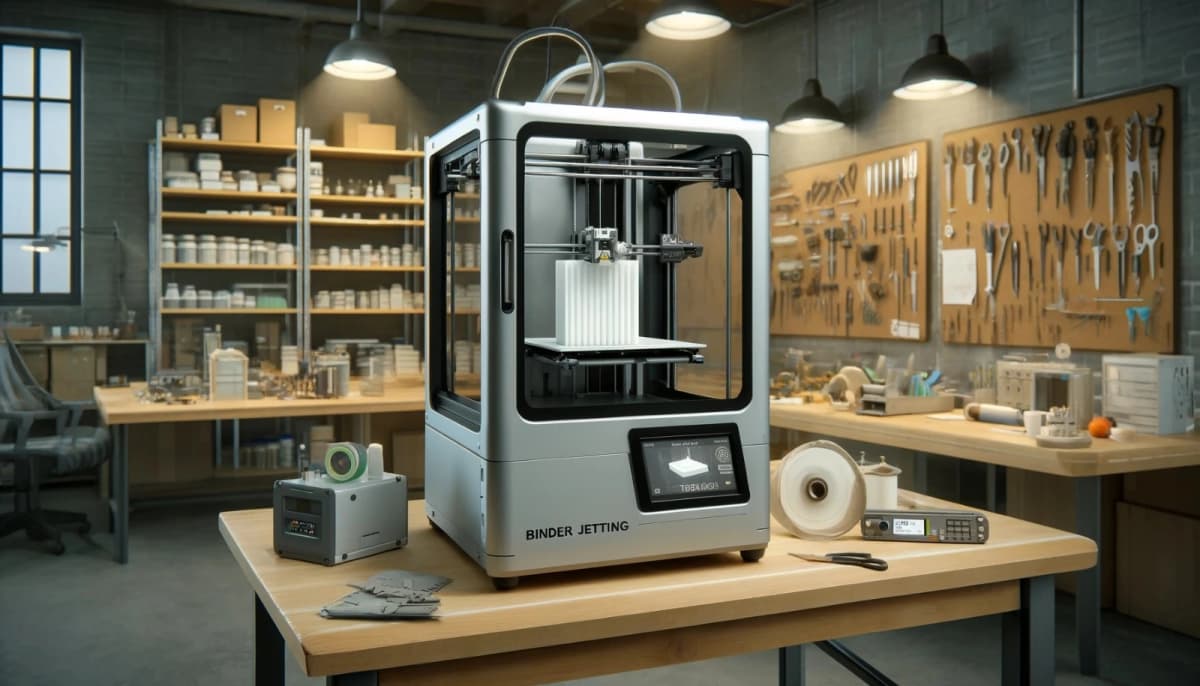
From Filament to Finished Product:A Deep Dive into FDM 3D Printing
FDM/FFF:
Fused deposition modelling (FDM), also referred to as fused filament fabrication (FFF), is a manufacturing technique that utilizes thermoplastic filament to create desired objects. In this process, a spool of thermoplastic filament is fed into a heated extruder head, where it is deposited onto a growing framework. The movement of the print head is controlled by a computer and typically spans two dimensions, covering both the horizontal and vertical aspects. The acronym FFF was originally coined by members of the REPRAP project. Due to its cost-effectiveness, FDM is widely employed, particularly in the realm of hobbyist-grade 3D printing.
SCIENCE BEHIND FDM PROCESS:
The fundamental science behind the Fused Deposition Modeling (FDM) process is quite intriguing and can be comprehended with ease by considering the following steps:
- Material Filament: FDM relies on thermoplastic filaments like ABS, PETG, and PLA. These filaments are wound on spools, and as the printer operates, the filament is drawn from the spool through a drive mechanism and into the extruder.
- Extrusion: Once the filament is drawn from the spool, it is directed into the extrusion nozzle. Here, the filament undergoes melting due to the nozzle's heat, which is set close to the material's melting point.
- Layer Deposition: Extrusion and deposition occur simultaneously, with the nozzle moving along a predetermined path. This process deposits each layer onto the layer beneath it, fostering adhesion and bonding among the corresponding layers. Rapid cooling ensures that as the next layer is deposited, it quickly solidifies and becomes one with the prior layer, resulting in a cohesive single layer.
- Layer-by-layer Build: The FDM process operates sequentially, akin to an algorithm, to achieve the desired output. The printer constructs the product by layering filament upon filament until the final object is formed.
- Cooling: FDM printers are typically equipped with cooling fans to expedite the solidification of extruded material. This aids in preserving the object's correct shape without deformation.
- Controlled Temperature: Precisely controlling the temperature is critical for successful printing. It ensures that the material remains in a molten state throughout the printing process and firmly adheres each layer to the printer's build plate.
- Build Plate Adhesion: This step, a subset of temperature control, involves heating the build platform or bed. Doing so enhances adhesion between the initial layer and the bed, minimizing the risk of warping and shrinkage during printing.
- Layer Height and Resolution: Adjusting layer height and resolution are key parameters for enhancing print quality. Layer height determines the object's vertical resolution, with finer settings yielding higher quality but time-consuming results.
- Support Structures: FDM technology provides support structures for complex, overhanging, or unsupported parts. These supports are integral during printing and can be removed later in the post-processing stages.
- Infill: Infill refers to the internal structure of the printed object. It varies to optimize strength and weight. Common infill patterns include honeycomb, grid, rectilinear, triangular, and wiggle.
- Post Processing: The final stage of 3D printing involves post-processing activities like sanding, painting, assembly, soldering, or other finishing touches to achieve the desired end product."
| ADVANTAGES OF FDM | DISADVANTAGES OF FDM | |----------------------------------------------------------------------------------------------------------------------------------------------------------|----------------------------------------------------------------------------------------------------------------------------------------------------------------------------| | 1.COST-EFFECTIVE: FDM is often more budget-friendly than other 3D printing techniques, making it accessible for small businesses and individuals. | 1. LOWER RESOLUTION: FDM often yields lower resolution and less smooth surfaces, resulting in visible layer lines. | | 2. WIDE MATERIAL COMPATIBILITY: FDM accommodates various thermoplastic materials like PLA, ABS, and PETG, providing flexibility in material choices. | 2. LIMITED MATERIAL PROPERTIES: While FDM supports variousmaterials, their mechanical properties may not match those of materials used in other manufacturing methods. | | 3. SIMPLE SETUP: FDM printers are straightforward to set up and use, making them ideal for beginners and hobbyists. | 3. STRUCTURAL WEAKNESS: FDM materials can exhibit anisotropicbehavior due to layer-by-layer construction, leading to weaker interlayer bonding. | | 4. MINIMAL SUPPORT STRUCTURES : FDM parts typically require less support material, reducing post-processing efforts and material wastage. | 4. SLOWER SPEEDS: FDM printing can be slower, especially forcomplex or large objects. | | 5. LARGE BUILD VOLUME: : Many FDM printers offer spacious build volumes, enabling the production of larger parts in a single print. | 5. DIMENSIONAL ACCURACY: Achievinghigh dimensional accuracy can be challenging due to factors like thermal expansion and cooling. | | 6. DIY CUSTOMIZATION: FDM printers can be customized and modified by users, fostering experimentation and upgrades. | 6. POST-PROCESSING REQUIREMENTS: FDM prints may require additionalpost-processing steps, such as sanding, filling, and painting, for a polished final appearance. | | 7. RAPID PROTOTYPING: FDM is well-suited for quick prototyping and iterative design processes. | 7. WARPING AND SHRINKAGE: Some FDM materials are prone to warping andshrinking during printing, potentially distorting the final print. | | 8. ACCESSIBILITY: FDM technology is widely available, with a range of printers available for various budgets and purposes. | 8. LIMITED DETAIL: Finedetails and intricate features can be challenging to achieve due to the layering process. | | 9. SUPPORT REMOVAL: Support structures in FDM are generally easier to remove compared to other printing methods. | 9. ENVIRONMENTAL IMPACT: FDMgenerates plastic waste, raising environmental concerns if proper recycling methods are not in place. |